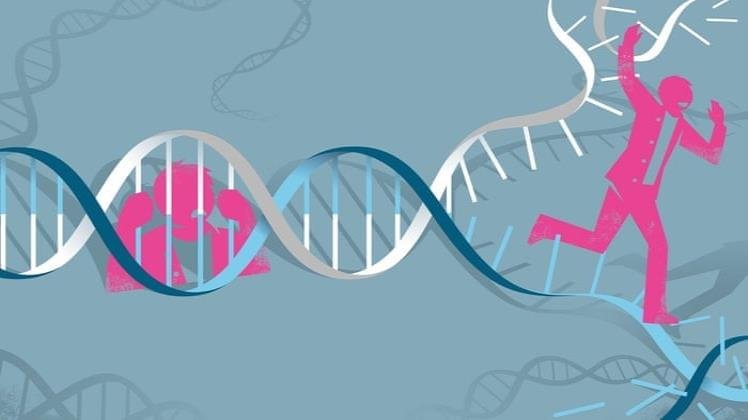A facelift is a popular cosmetic procedure known for turning back the clock on ageing; however, does it truly impact the entire face? In this article, we will delve into the details of facelift surgery, its primary objectives, and how it interacts with different face areas. We will also explore the role of complementary procedures in achieving comprehensive facial rejuvenation.
Understanding the Facelift Procedure
A facelift, or rhytidectomy, is a surgical procedure to rejuvenate the lower two-thirds of the face, including the jawline, cheeks, and neck. The primary goals of a facelift are to address sagging skin, wrinkles, and loss of muscle tone in the mid and lower face.
A traditional facelift primarily targets the middle and lower face, including jowls, nasolabial folds, and the neck region. An excellent way to understand better would be to review some results online. Many surgeons will demonstrate what can be achieved and give you more information on the process. For example, you can learn more about a facelift operation at Dr Ivo’s clinic.
The Limited Impact on the Face
The following describes the impact of a facelift on parts of the face;
- Upper Face Anatomy: The upper face, consisting of the forehead, eyes, and brow region, has distinct anatomical features that differ from the lower face.
- Focus on the Mid and Lower Face: A facelift procedure addresses the signs of ageing most prominent in the skinpen and lower face. It typically does not directly target upper-face concerns.
- Complementary Procedures: To achieve full-face rejuvenation, complementary procedures like brow lifts and eyelid surgery are often recommended to address upper-face issues.
The Role of Complementary Procedures
These are complementary procedures to reduce the impact of a facelift;
- Brow Lift: A brow lift is ideal for correcting sagging eyebrows and smoothing forehead wrinkles, enhancing the upper face’s appearance.
- Eyelid Surgery (Blepharoplasty): Blepharoplasty helps treat sagging eyelids and under-eye bags, rejuvenating the eyes and upper face.
- Neck Lift: For a comprehensive approach, a neck lift can be combined with a facelift to extend the rejuvenation to the neck and jawline.
- Injectable Fillers and Botox: Non-surgical options like dermal fillers can enhance full-face by addressing fine lines, volume loss, and dynamic wrinkles.
Understanding How a Facelift Can Impact the Entire Face
These are the ways a facelift can impact your entire face:
- Improved Facial Harmony: While a facelift primarily targets the mid and lower face, it contributes to overall facial harmony by restoring youthfulness to these areas.
- Enhanced Confidence: The comprehensive rejuvenation of the mid and lower face can increase confidence and an overall refreshed appearance.
- The Role of a Comprehensive Approach: Combining a facelift with complementary procedures ensures a harmonious, balanced, and natural-looking result that impacts the entire face positively.
The Importance of Customisation
Everyone has unique facial features and ageing concerns, making customisation essential in achieving desired results. A skilled surgeon will tailor a facelift procedure to address specific concerns, ensuring balanced and natural-looking outcomes.
Open communication with your surgeon about your goals and expectations is critical to achieving satisfactory results. It’s crucial to understand that a facelift cannot address all facial ageing concerns and that complementary procedures may be necessary for a full-face transformation.
Factors That Influence the Extent of Impact
Facelifts affect the faces of people in different ways. This may be due to their:
- Age and Skin Elasticity: The impact can vary based on age and skin elasticity.
- Genetics and Facial Structure: Individual genetics and facial structure play a significant role in determining the outcome of facial rejuvenation.
- Lifestyle and Skincare Habits: A healthy lifestyle and skincare regimen can influence the longevity of facelift results and overall facial appearance.
- Surgeon Skill and Technique: The expertise and technique of the surgeon are pivotal in achieving comprehensive facial rejuvenation.
The Recovery Process and Aftercare
The recovery timeline is how long your face takes to heal from the procedure. Understand the facelift recovery timeline, which may differ for each patient. Speak to your medical practitioner and learn essential tips to ensure a smooth recovery and optimise results.
Balancing Cost and Comprehensive Results
Consider the financial aspects of comprehensive facial rejuvenation, including the cost of facelift surgery and complementary procedures. Assess the long-term benefits and satisfaction of achieving a comprehensive facial transformation.
Conclusion
In conclusion, a facelift primarily targets the mid and lower face, but its impact on the entire face is substantial when combined with complementary procedures. Achieving comprehensive facial rejuvenation requires customisation, clear communication, and a thorough understanding of realistic outcomes. By consulting with a board-certified plastic surgeon, patients can explore their options and create a tailored plan for achieving their desired facial rejuvenation goals, ensuring a harmonious and natural-looking result.



